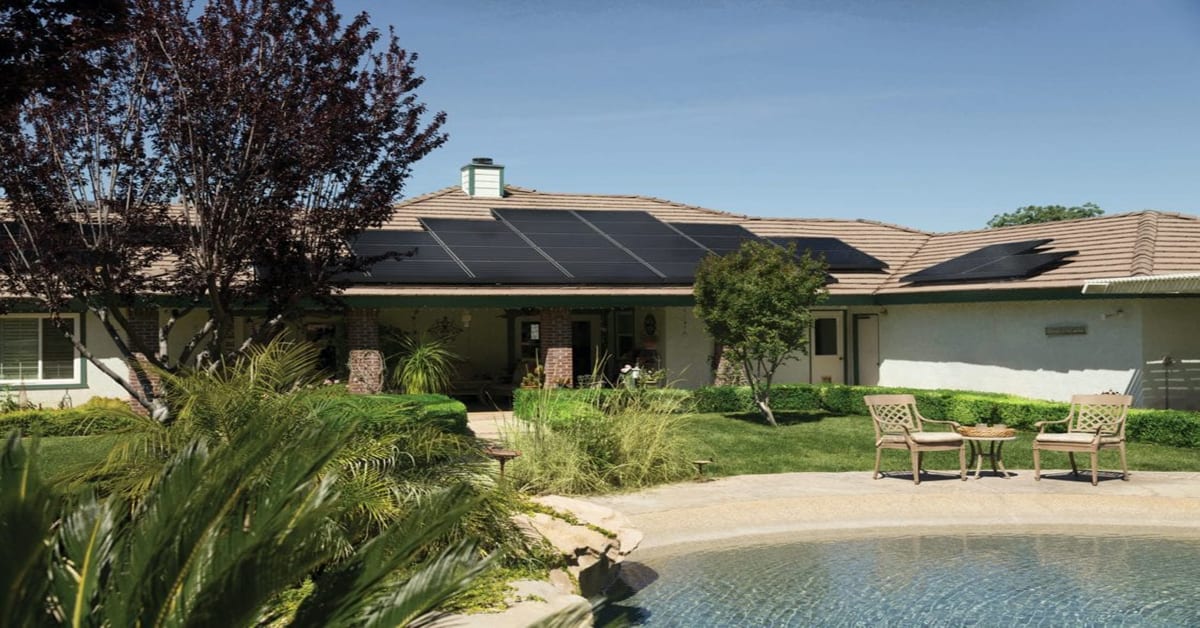Chronicles of power shortage dominated the Philippine local news last 2019. Even with first-aid solutions from the concerned institutions, it cannot hide the fact that the country still suffers from the power crisis. However, people are eyeing for a particular answer – solar power.
Solar Power – How Does It Work?
“The Earth intercepts a lot of solar power,” says Richard Komp from TED-Ed. In fact, average energy from the sun is around 173,000 terawatts. That is “10 times more power than the population uses.” This exposes the fact that the sun is a great source of energy. But even with this information at hand, why are we having power shortage? This is always the case in the Philippines. Can the country just utilize solar power technology?
To answer this, let us first define solar power. According to the Solar Energy Industries Association (SEIA), solar power refers to the “energy from the sun that is converted into thermal or electrical energy.” This means energy from the sun cannot be automatically used to run your electronics at home. It should undergo processes and use certain equipment.

Certain technologies are needed to convert solar energy into power such as photovoltaics, solar heating and cooling, and concentrating solar power. The most common is the photovoltaics which directly generates electricity from the sunlight through an electronic process. Photovoltaics can also be used to power anything from small toys to large edifice.
Aside from the technologies needed to utilize solar energy, we should also consider how it can be used. There are two methods to produce electricity out of it: distributed generation (rooftop solar) or utility-scale solar power plant (traditional power plants).
Geographic location is also a primary consideration to harness electricity from solar energy. Princeton University senior Erin Redding thought of this vital detail when she chose Philippines as the locale of her thesis. She knew that “Philippines seems like the ideal location to implement localized solar power.” This is true since it is a tropical country and is directly rayed by the sun. Despite that, Redding stated that to provide lasting solutions to energy, much more is required than a “willing populace, low-cost technology and ample sunshine.” The government should have strong laws to back-up the larger poor population of the Philippines and create linkages with Non-Government Organizations (NGOs).
With unfavorable circumstances in the country, should we still push through?
Conventional Philippine Homes’ Electric Bills
If your home is still powered by traditional electric sources, you have an idea of how much Philippine homes pay for an electric bill. A report estimates that an 85-square-meter apartment in Metro Manila pays about P4,840 ($95) for monthly electricity. Meanwhile, those who have larger homes or business establishments compensates higher.
While bills differ from urban to rural, overall rates per kilowatt hour is overwhelming in the Philippines. Followed by other factors, such as seasons of blackouts, then bill may skyrocket a bit more. In fact, Mr. Mike De Guzman—a resident from Makati with two-story, 3-bedroom house—claimed to have paid around P24,000 ($473) a month for electricity in 8 months. That is, P192,000 ($3,783) in total. So, imagine just having to spend one-time on this, and pay lesser for 25 to 30 years. Just how much you can save!
Should You Make the Switch to Solar?
You should switch to solar power for a number of reasons. First, it is cost efficient. Many conventional homes in the Philippines pay thousands of money almost forever. This takes up a large portion of their monthly salary. Meanwhile, a solar panel in the Philippines costs Php 128,500 on average on 1.62 kWp. You will have to pay only one time for this, but it can electrify your house for years. So when you switch to solar, you’ll reduce or potentially eliminate your electric bills.
Second, it is renewable. Most power plants in the Philippines are operated with fuels such as coal. This does not only deplete the natural resources, but also bring air pollution. Overall, the implications of this conventional power plants aren’t pretty. On the contrary, solar energy is the most abundant and most sustainable resource especially in the archipelagic geography of the Philippines. No greenhouse gas is emitted from using solar panel system. It ensures clean energy production.
Last but not the least, solar power help lessen electric loss. Philippines is known for blackouts. One of the reasons why it occurs is due to overuse of electricity. Traditional power plants have a specific number of households to cater. But as time goes by, more and more houses are built, causing overconsumption. Thus, power interruptions. If you have solar power, you are helping the society to have a more stable electricity. It also means longer life for your electronics at home.
Experiences of Filipinos Who Are Happy with Solar Power
More and more Filipinos are seeing the need to switch to solar energy. For instance, Mr. De Guzman, the man mentioned a while ago, shared how satisfied he is when he installed solar panel grids on his roof. He happily shared that after the installation, he has been paying smaller bills for the electricity. First, by cutting half the P24,000 monthly bill (to P12,000) to only paying P9,000 a month.
Mr. De Guzman shared how he came up with a lesser bill. His home is powered by the sun from 8am to 5pm. At night, when the sun is away, he uses the traditional Meralco (power corporation in Metro Manila). The cycle goes on for years.
Another responsible resident, Prof. Edgardo T. Valenzuela, talked about the changes in their electric bill after his solar panel installation. Before, they pay P6,000 a month on electric consumption. After installing 2-kwp solar panels on their 200-sqm property, he only pays P3,500-P4,000 a month. He depended on solar power for his daytime needs since then.
How to Get Solar Panels for Your Home
Is solar panel exclusive for beautiful homes? It’s a straightforward NO. Many rural areas in the Philippines already depended on solar panel, even those with grass-roof houses. So, simple or extravagant homes alike, solar energy can be utilized.

The Department of Energy (DOE) published a Net-Metering Reference Guide to aid people on the use of solar energy. One of the questions answered is on how solar roofs are done in Philippine houses. They cleared out the need to seek professional assistance as there are different applications in the residential, commercial, and industrial setting.
There other factors to consider such as the amount of home energy use, the roof structure, solar power potential, and return of investment. After you deliberate carefully on this, you may now proceed with these steps:
- Have a proper plan on installing solar panels. Consider the given factors from this article and weigh them carefully.
- Install the physical supports. Supports include the brackets for sloped roofs or mountain rails for flat roofs.
- Attach solar panels onto your support. With care, carry and lay your panels on the brackets or rails you installed.
- Connect the panels together. Wires should be linked to each other. They should also be waterproof.
- Set up the photovoltaic components. When everything is set, install the inverter and other parts of the photovoltaic system.
- Connect the inverter to the AC breaker panel in your house.
If you find yourself unsure going DIY, consult and hire technicians who have proper training on solar power installation.
Conclusion
Utilizing solar energy is one of the best ways to show your care for the environment. Choosing this alternative is a personal choice, however, this can also mean the world. If we are responsible on how we use energy, we also inspire the world to be accountable for life.
The lifestyle you choose reflects at home. Radiate the sustainable one, for your family, for the world.





One Comment
Leave a ReplyOne Ping
Pingback:Tesla: Is It A Sustainable Car Company? - Zero Waste Lifestyle System